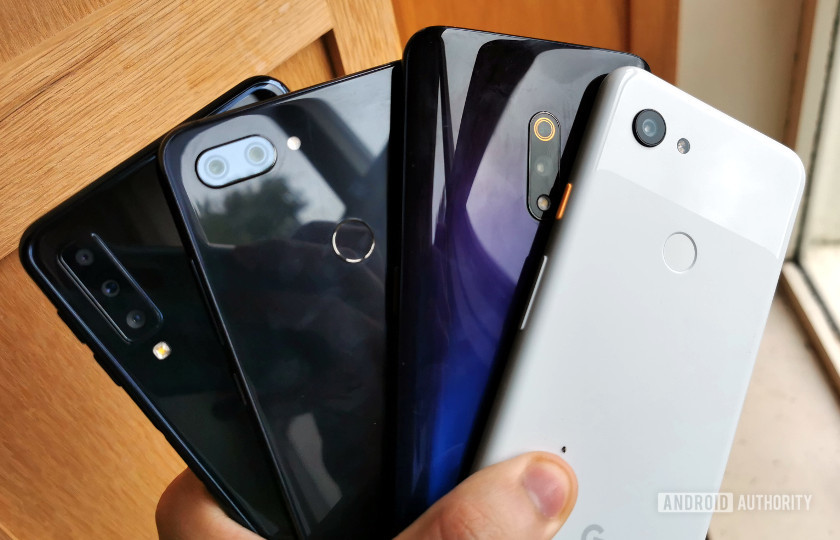
Published by Business Today & Focus Malaysia, image from Android Authority.
An ‘affordable device programme’ – at least one for each low-income household – should be considered as one of the means to break down the issue of digital divide particularly pertaining to education access, an acute problem among the rural dwellers especially the B40 households.
This can be done through the provision of cash incentives or the Wi-Fi enabled device itself. It can be undertaken by the government or in conjunction with the corporates in private sector in collaboration with the non-governmental organisations (NGOs).
For the corporates, they can participate in the programme through Digital Social Responsibility (DSR) which requires businesses to contribute to digital economic development and benefit from the tax deductions.
A successful example can be taken from the United States whereby Qualcomm provides digital devices to the underprivileged households through its Wireless Reach initiative in collaboration with the NGOs, universities, government and other private sector firms since 2006 and it has brought positive changes to over 20 million people.
Being one of the projects in Wireless Reach initiative, Project K-Nect provides smartphones to at-risk students in North Carolina who have poor math skills and no Internet access at home. The initiative resulted in grade improvements by 30 percent compared to those who are without smartphones.
This outcome has shown quite conclusively that digital device does help in supporting education.
Advocates of this idea also stated that benefits of using digital devices in education include access to instant answers and videos to enhance learning experience, wider access to information, and a platform for social learning through sharing of ideas.
In addition, each measure that is proposed to tackle the issue of digital divide must be complementary. In this case, the provision of digital device to enhance the capability of gaining education will only be effective if internet connection is stable.
So, the formulation of new digital infrastructure plan or Jendela Digital Negara (Jendela) was a good move as its aim is to expand Internet connectivity in the span of two years from 2G and 3G to 4G network with particular focus on the rural areas.
Hopefully, the plan will be executed well and the first-phase targets will be achieved by year 2022 with constant and effective monitoring by the involving parties as many people will be depending on it.
But some might still question the importance of rooting for this idea and is it worth pursuing given the expenses to allocate the devices?
The answer is yes if recent statistics and real-life experience exposed by some citizens to the public are taken seriously.
There are notable differences in computer access between households in the city states like Selangor, Kuala Lumpur, Johor and the less-developed states such as Sabah, Sarawak, Kedah, and Kelantan, according to statistics from MCMC.
The education minister in Sarawak Datuk Seri Michael Manyin Jawong stated in June there is over 50 percent of students in the state who are underprivileged in terms of Internet access and digital devices.
In Sabah, the education director Dr. Mistrine Radin noted in August that 52 percent of students in the states do not have access to Internet and even digital devices.
At the national level, a study conducted in April revealed that over 30 per cent of students in Malaysia do not own digital devices for remote learning. The same goes for internet connectivity.
Despite seeing an improved broadband penetration rate as a whole, it is a different case if we look into a more granular level (by states) because it appears that the more developed states are better off than the less-developed ones.
For example, the state with the highest broadband penetration rate was Kuala Lumpur at 263.4 percent whilst other states’ penetration rates such as in Sabah, Kelantan and Terengganu were below 100 per cent – 83.8 percent, 94.8 percent and 99.5 percent respectively.
Although the report by MCMC shows that the internet access by household, say in Sabah was high at 95.3 percent, this figure might not represent the whole reality.
A Sabahan university student named Veveonah Mosibin had gone viral following the incident of her having to spend a day on top of a tree in the jungle to attend to her online examinations in June.
This is one serious problem that needs constant attention in order to ensure an inclusive education access in which no one in the society is excluded.
It is not a matter of adapting because anecdotal evidence has shown that younger generations in schools and universities are relatively adaptable to technology. But it is a question of providing the digital infrastructures for them to utilise.
Since digital divide has emerged as an urgent issue for the nation particularly in being one of the channels to education, perhaps the proposal for ‘affordable device programme’ should be considered for the upcoming Budget 2021.
Digital transformation is meant to ensure convenience and equitable outcome for the society as a whole by bridging the gap between urban and rural but without this issue being addressed, can we ever achieve this vision?
Nur Sofea Hasmira Azahar is Research Analyst at EMIR Research, an independent think tank focused on strategic policy recommendations based on rigorous research.

